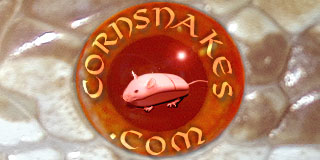nmoore601
Cloud 9 Corns
What are the best techniques for successfully field herping? When we get heavy rains where are the snakes most likely moving? Under Tin and structure that's been placed, wood piles? When there is light rain is it better road cruising. Is cruising better at what months? What is prime king, corn, milks, scarlet's, hog nose, indigo's habitat? When are they best found and what were the conditions? I'm not seeking to collect indigo's. Just wanna see a wild one. I would like to get some WC gravid females for hatching land race stock. As well as releasing the mother and babies.
Can you share your best practices and times of day and year, habitat? When do the different species start to come to surface from their subterranean habitat?
I have found gray rat snakes every year in my chicken pens, geese nests, duck houses. Water snakes are every where here. As is the black racer.
We found a nice clutch of grey rat snakes a few years ago in the side of one of our white oaks with a dead spot in it. We hatched and released them all into woods on our property where the eggs where found.
I appreciate any info anybody will take the time to share with me.
:headbang:
Can you share your best practices and times of day and year, habitat? When do the different species start to come to surface from their subterranean habitat?
I have found gray rat snakes every year in my chicken pens, geese nests, duck houses. Water snakes are every where here. As is the black racer.
We found a nice clutch of grey rat snakes a few years ago in the side of one of our white oaks with a dead spot in it. We hatched and released them all into woods on our property where the eggs where found.
I appreciate any info anybody will take the time to share with me.
:headbang:
